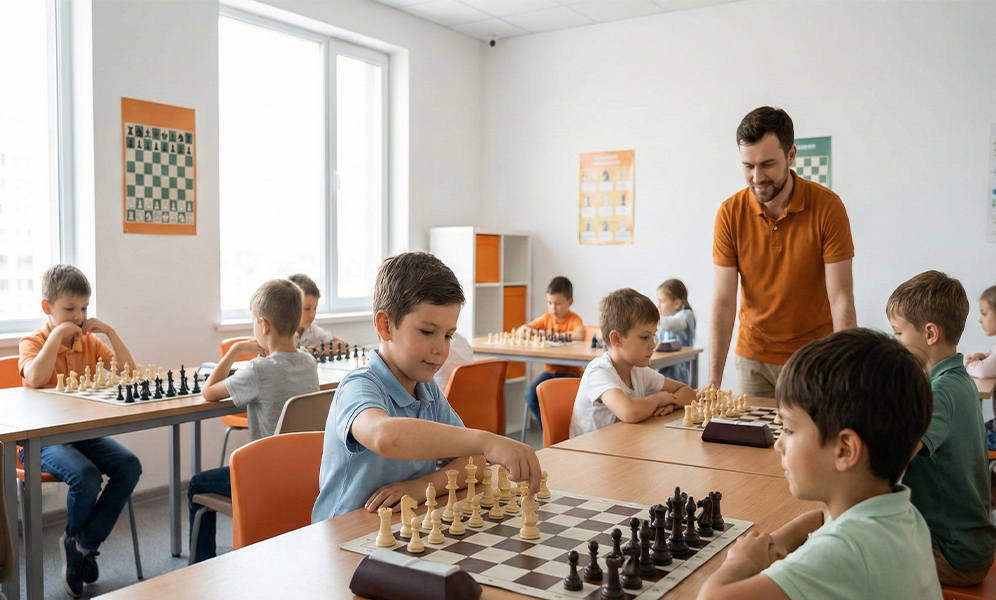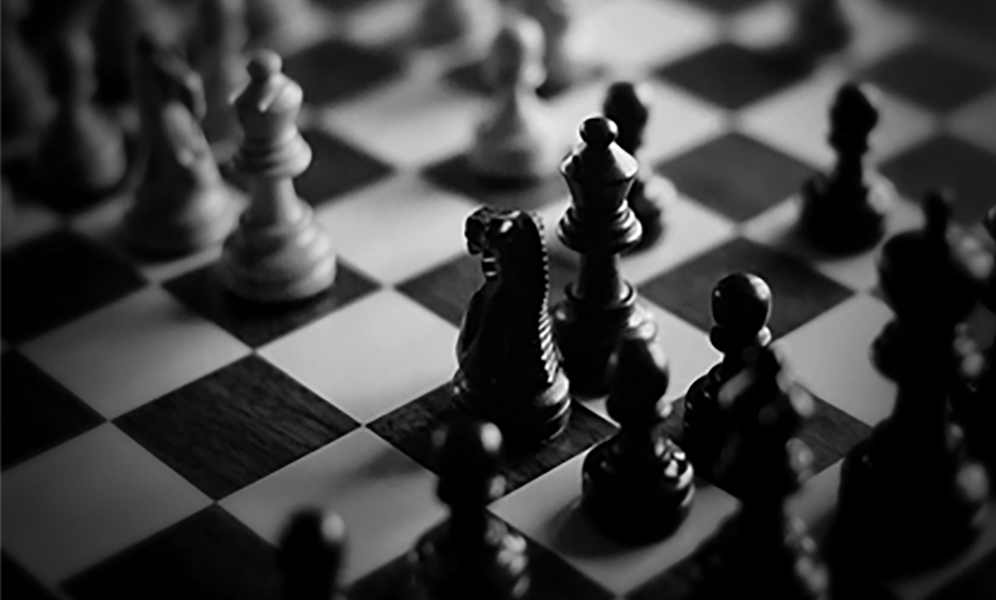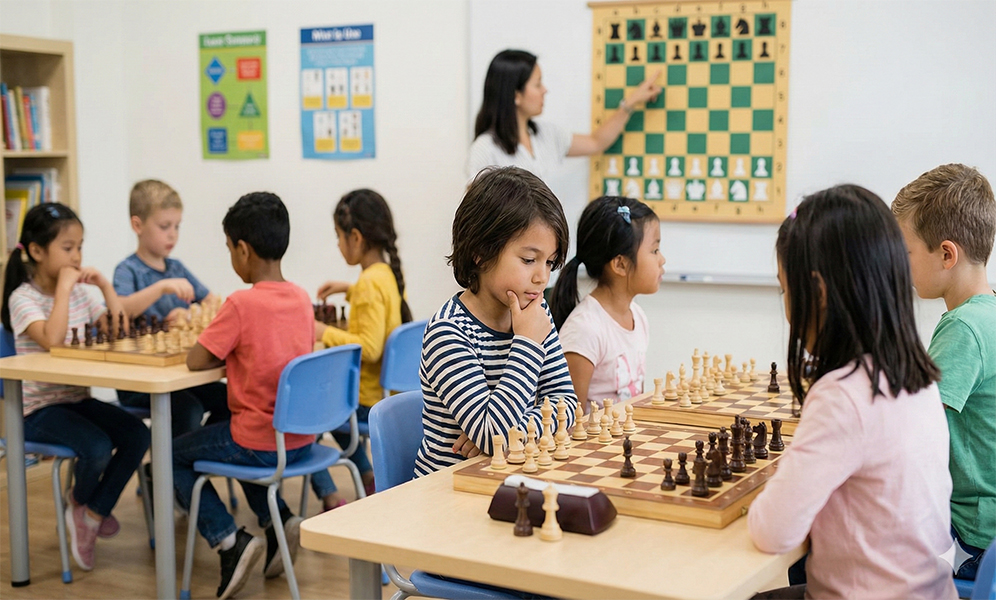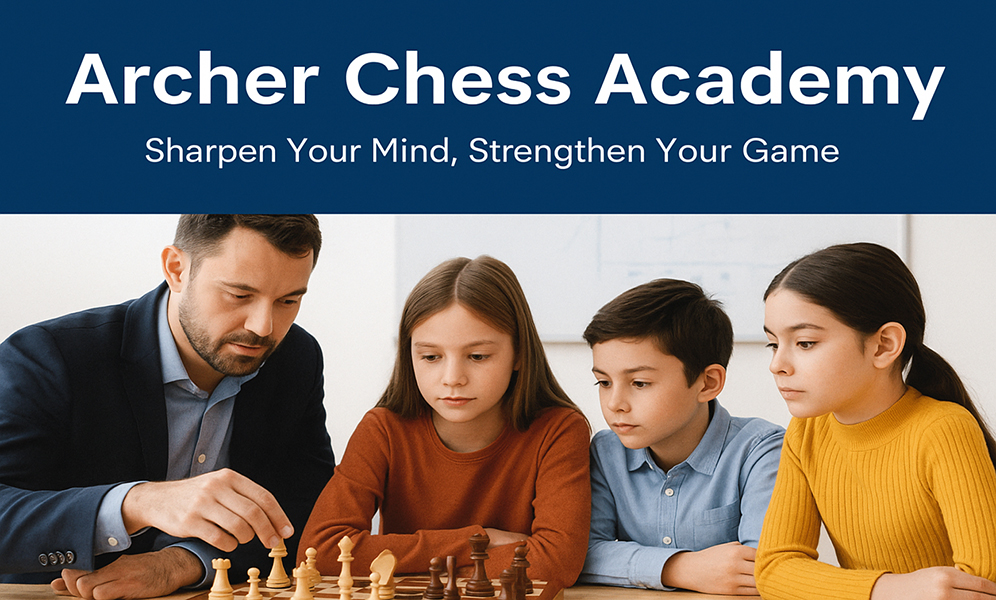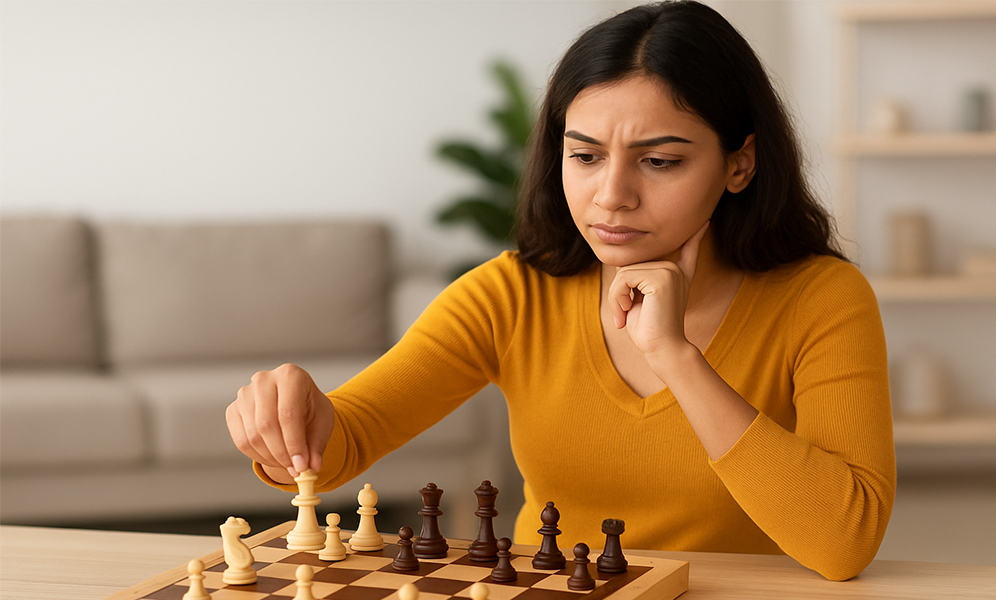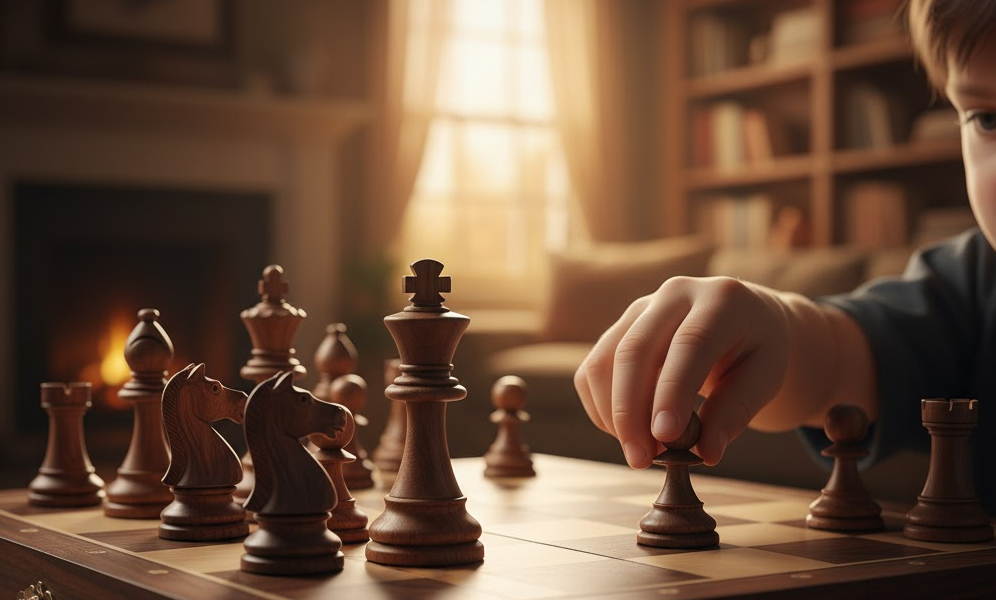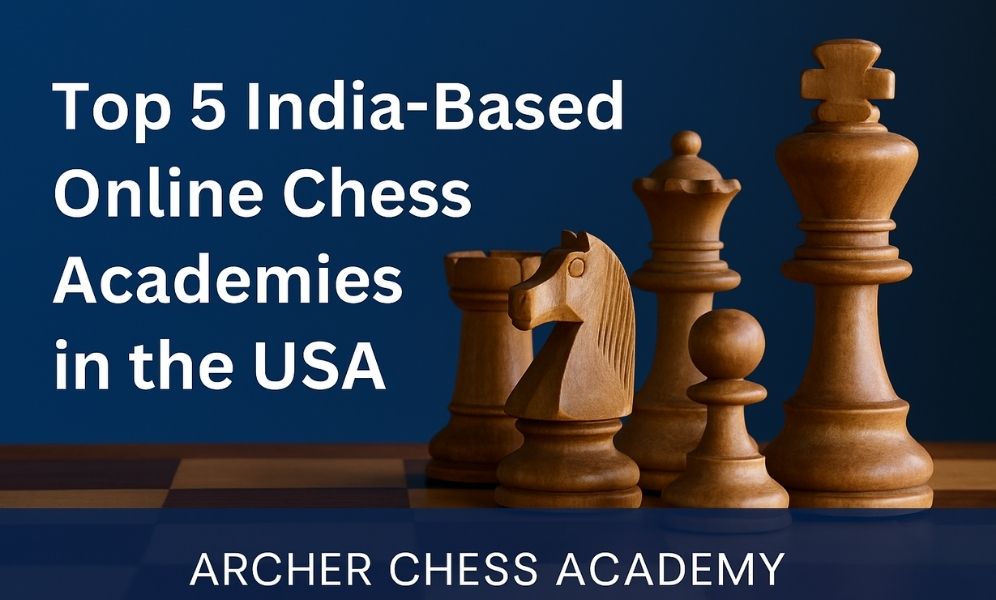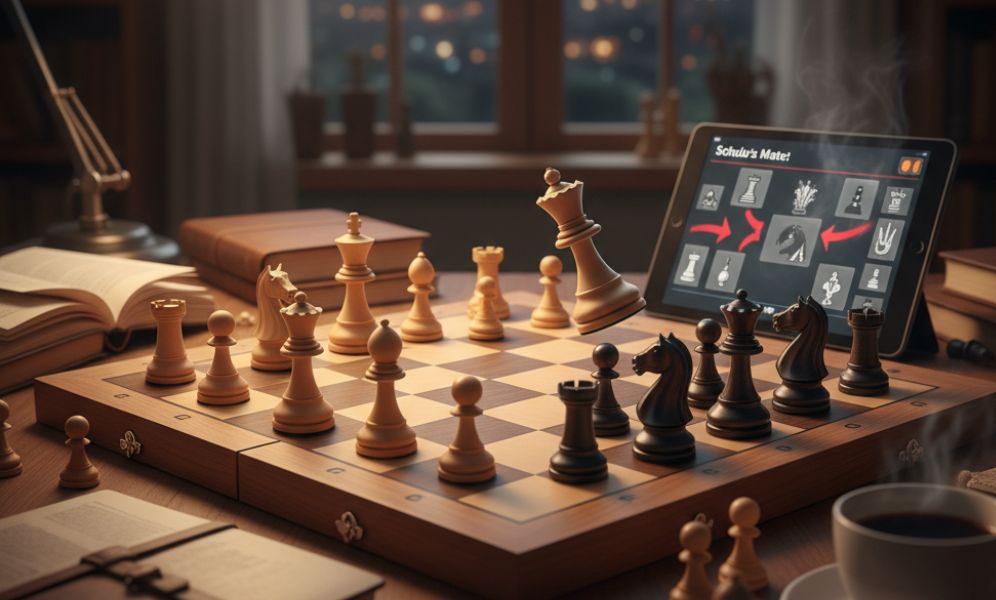What is a King March in Chess?
A King March refers to moments when the king leaves its safe haven and becomes an active attacker — often marching boldly across the board to help deliver checkmate or support a passed pawn in the endgame. It’s a thrilling display of how even the most protected piece can become a powerful force.
At Archer Chess Academy, we teach students that in chess, every piece — even the king — can play an active role when the time is right.
Why Kids Should Learn King Marches
Improves Endgame Vision: Helps kids understand the king’s active role in simplified positions.
Builds Courage and Calculation: Encourages accurate decision-making before exposing the king.
Shows the Power of Coordination: Teaches teamwork between the king and pawns.
Famous Examples of King Marches
King walks to assist in pawn promotion.
Centralizing the king in king-and-pawn endings.
Stepping forward in middlegame attacks (rare but beautiful!).
We use exciting examples to show how these daring marches turn the tide of the game.
How Archer Chess Academy Makes It Interactive
In our online chess classes for kids, we:
Analyze grandmaster games with spectacular king marches.
Guide students in puzzles where the king must step up.
Teach how and when to activate the king for maximum impact.
The King is Not Just a Target — It's a Leader
King marches inspire kids to think boldly and use every piece wisely. At Archer Chess Academy, we empower young players to play with vision, strategy, and fearless creativity.


